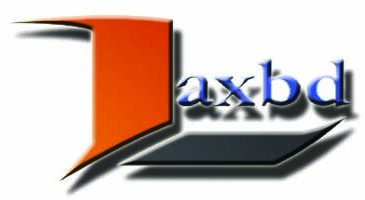My name is Brian, and I’m a freelance graphic designer based in New York City. I spend most of my days creating digital art, manipulating photos, and designing marketing materials for a wide variety of clients. I’ve worked on everything from small business branding to large-scale commercial projects. But despite all the creative work I do, one thing that’s always been a struggle for me is managing storage on my devices. I rely heavily on external hard drives and flash drives to store massive files, and over time, I’ve found myself running into a familiar problem: my drives would become slow and unreliable. What really got me frustrated was how often I had to replace them, assuming they were damaged beyond repair. That was until I stumbled upon something that changed my perspective completely.
The Problem with Old Hard Drives
Like many others, I didn’t always treat my hard drives with the greatest care. I would transfer files back and forth, delete things haphazardly, and even run some of them on multiple systems. Eventually, one of my external hard drives started showing signs of trouble — files became corrupted, the drive itself was sluggish, and I started getting error messages. I thought it was a goner. I had already started looking into replacements when I found out about a solution that seemed too good to be true.
Discovering the HDD Low Level Format Tool
I was browsing through a tech forum when I saw a recommendation for something called the HDD Low Level Format Tool. The name intrigued me, and I clicked on the link to learn more. What I found was a software tool that promised to do exactly what I needed: erase everything on a hard drive, including partitions and the master boot record, essentially resetting the drive to its factory condition. It sounded like the kind of tool I needed to salvage my old, sluggish drive. I wasn’t too keen on the idea of just throwing it away, so I figured it was worth a shot. After all, the price was right — free for basic usage.
How It Worked for Me
Once I downloaded and installed the program, the process couldn’t have been simpler. I plugged in the problematic hard drive and launched the HDD Low Level Format Tool. The interface was straightforward, and the program offered a few clear options. I selected my drive and chose the “low-level format” option. The program immediately began erasing everything on the drive, making it feel like new again. It took a little while, but after a few hours, my drive was ready for use once more.
What amazed me most was how the drive performed after the process. The sluggishness was gone, and it was as fast as it had been when I first bought it. There were no more error messages, no corrupted files, and best of all, I didn’t need to purchase a new one. I honestly couldn’t believe that a simple software tool could bring it back to life like that.
Why It Worked So Well for My Workflow
As a graphic designer, I constantly work with huge files — raw photos, high-resolution images, and complex vector designs that eat up storage space. Over time, my external hard drives become cluttered, and performance starts to degrade. This is especially true when I have to use multiple drives across different systems. The HDD Low Level Format Tool allowed me to essentially start fresh without losing the physical drive, saving me both time and money. Now, I can reuse my external hard drives and flash drives with confidence, knowing that they’ll perform well after each format.
A Real Game Changer for Data Management
I’ve since recommended the tool to several colleagues who also work in design and photography. They, too, had run into the same issues with failing drives. The low-level format worked wonders for them as well. Some of them were surprised at how effective it was, and most agreed that it’s one of those tools that you don’t realize you need until you’ve used it. If you’re dealing with old drives, or if you’re concerned about keeping your data secure, I’d highly recommend checking out a tool that helps fix sluggish drives and erases data completely. It’s not just a quick fix — it’s a complete solution for those looking to refresh their storage without throwing out perfectly good hardware.
A Final Word of Advice
If you’re like me and rely on external hard drives to store important files, don’t overlook the potential of your old devices. Before you buy a new drive, consider giving it a second chance. Tools like the HDD Low Level Format Tool can extend the life of your drives, saving you money and helping keep your workflow smooth. Trust me, it’s a lifesaver.
